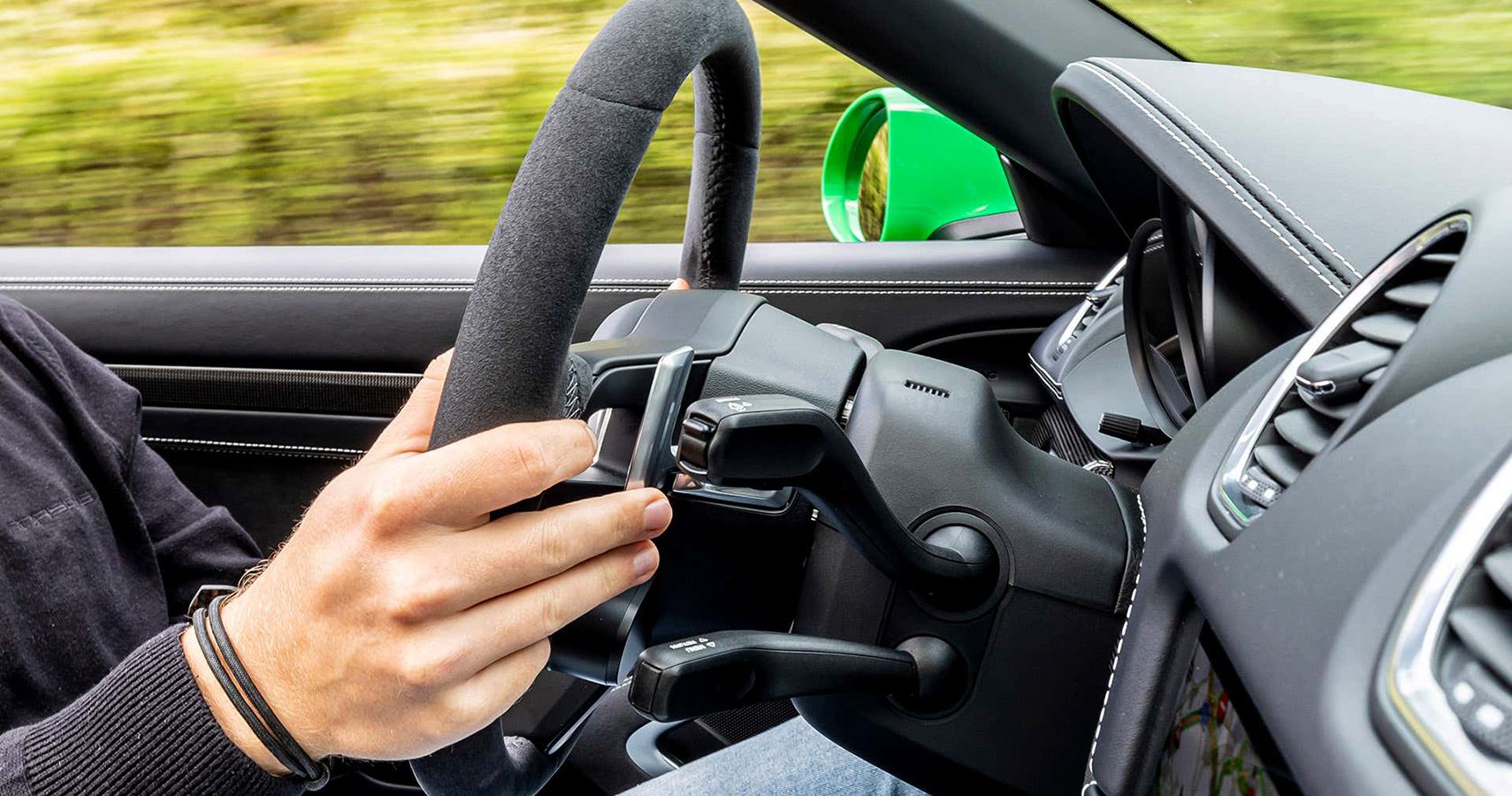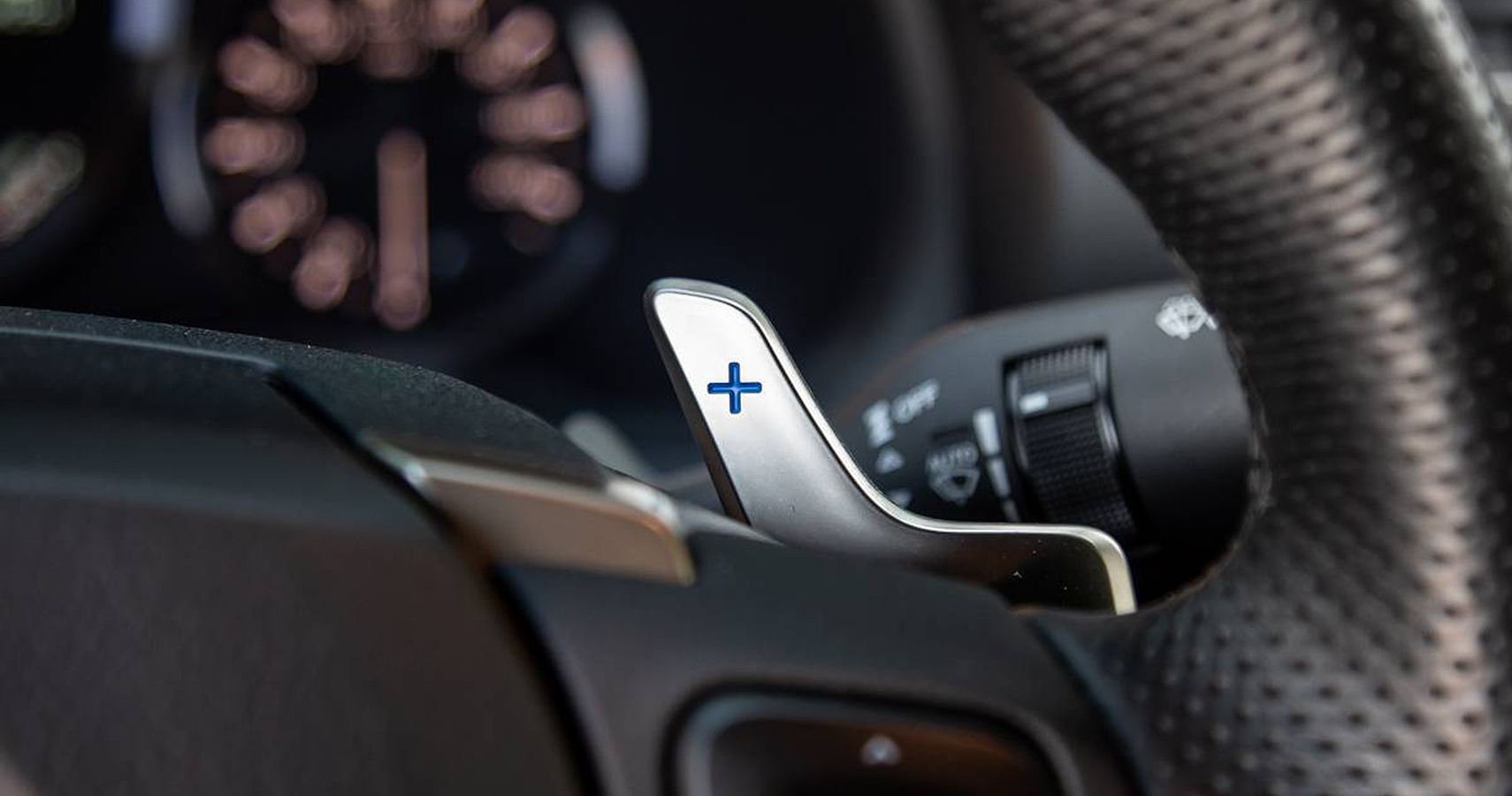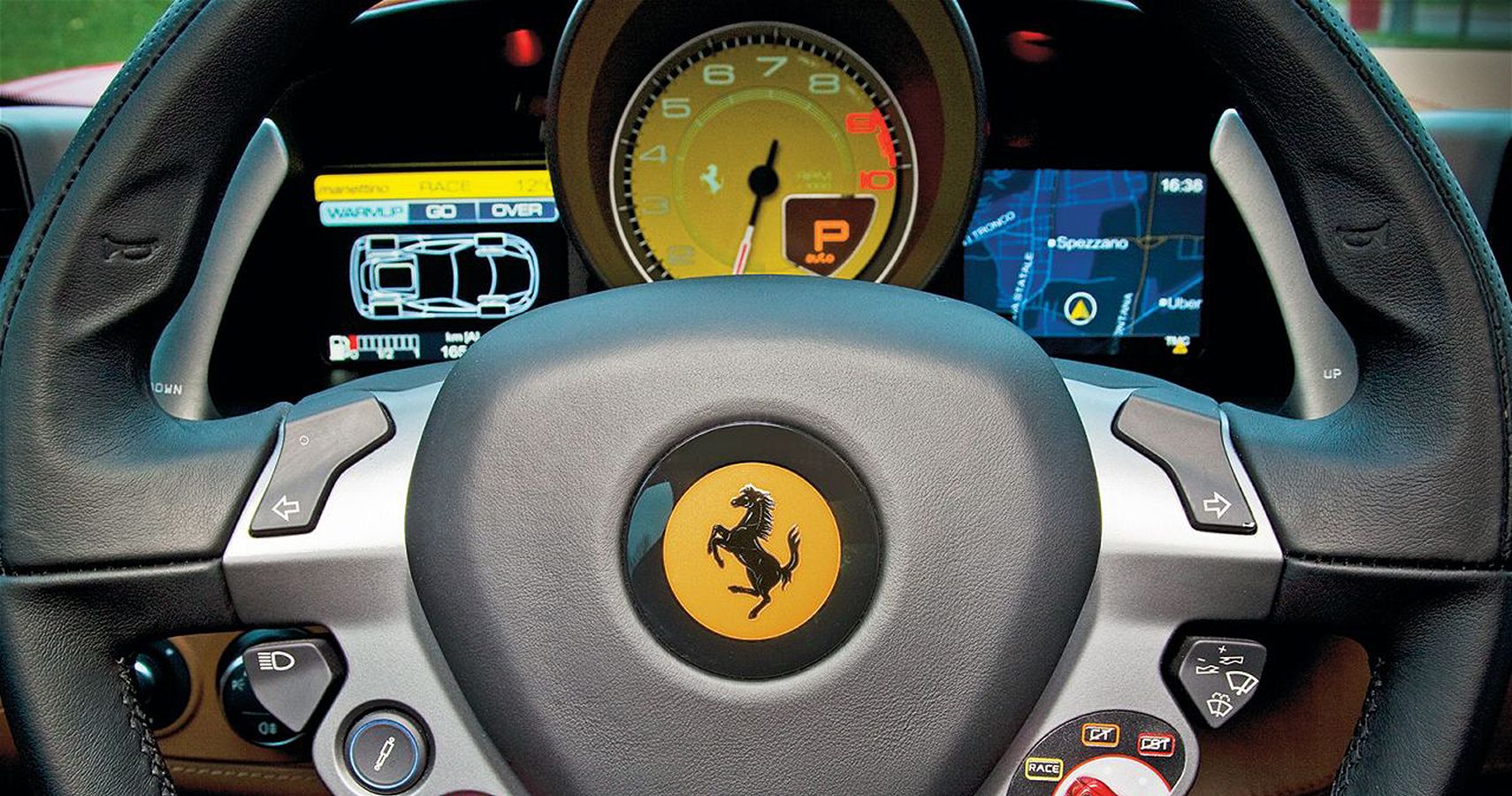Once upon a time, the only transmission available was manual and it came with a floor-mounted shifter or a steering-mounted one. While for years everyone drove manual, the first automatic transmission made its way into the world in 1904, with the Sturtevant "horseless carriage gearbox", which was unfortunately prone to sudden failures.
It was way later in 1939 that the first mass-produced automatic transmission came to be with General Motors introducing the three-speed Hydramatic; a hydraulic automatic that used a fluid coupling instead of a torque converter.
Today’s automatic transmissions are way different. The conventional automatic transmission as well as the continuously variable transmission (CVT) uses a torque converter that manages gear changes via fluid in the gearbox.
The dual-clutch transmission (DCT) uses a pair of internal clutches, one controls the odd gears (1, 3, 5, 7) and the other manages the even gears (2, 4, 6, and sometimes 8), engaging and disengaging at high speeds.
All three automatic transmissions can come with paddle shifters, usually mounted on the steering wheel. So what are paddle shifters and do we truly need to use them?
What Are Paddle Shifters?
Despite running on an automatic transmission, many vehicles also offer drivers the ability to shift gears, like a soft override. A small paddle-like protuberance on the back of the steering wheel called a paddle shifter is what helps a driver have a semblance of control. Unlike the clutch-pedal system in a manual transmission, the driver merely has to pull on the paddle to change gears. In most cases, the right paddle is used to upshift, as in shift to higher gear while accelerating and the left paddle comes in handy to downshift, as in shift to a lower gear during slowing down.
That said; the vehicle is fully automatic, even if you do not use the paddle shift to upshift or downshift, the vehicle will do so, eventually. Most paddle shifters move just one gear up or down, and the plus sign indicating an upshift while a minus sign indicates a downshift. To make this easier, both the paddles are placed on either side of the steering wheel to avoid any accidental pull of the wrong paddle.
The Origin Of The Paddle Shifter
In the late ‘80s, flappy paddles came to be used in the semi-automatic Ferrari Formula One race cars and came attached to the back of the steering wheels. This was done to let the driver concentrate on his driving and change gears without removing his hand from the steering thus making high-speed racing that much safer. This way, the driver retained complete control of the steering wheel and thus the vehicle.
By the ‘90s, this technology found its way in high-speed streetcars and even supercars, letting drivers retain better control of the car and increasing driver safety. From then on, paddle shifters began to migrate to almost all vehicles, and today, mostly all automatic transmission vehicles bear them, to let the driver have a modicum of control over his vehicle.
A paddle shifter also makes a car more fun to drive and having that bit of extra control makes for high brownie points in favor of that car. As responsive automatic transmissions might be, most drivers like to have the option to be able to bring about a gear change if they so wish. Then again, paddle shifters are not put in for fun alone, they have some major pros as well.
The Advantages Of Paddle Shifters
Not every driver is okay with letting the car’s computer do the job and dictate what gears to use. For someone who has recently made the switch to automatic from manual, it could be frustrating to wait for the car to make the shift when you know you can do it faster. A paddle shifter takes that lag and frustration away and lets you shift at your pace, instead of waiting for the computer to kick in and do its bit.
Another time the paddle shifter comes in handy is when you need to rapidly slow down and turn on a tight corner, or even want to slow down on a slick road. Applying the brakes too quickly can cause a car to skid or fishtail, grappling for a hold on the road. If you downshift a gear or two, the engine speed automatically reduces, slowing the car down without the need for braking, thus helping you drive that much safer. Another instance where downshifting can come in handy is when you are headed down a decline in inclement weather, or when you are towing something that is adding to the whole push and momentum of downhill driving. Too much braking can cause brake and tire damage and skids, so downshifting is a handier alternative and one that does not damage the car at all.
Paddle shifters can also help you start the car in second gear instead of first and this helps you reduce the torque sent to the wheels. If you are starting your car in snow or mud or in any situation where the wheels can spin and get stuck, paddle-shifting to the second gear is your golden ticket out.
Sources: CNet, Autolist




